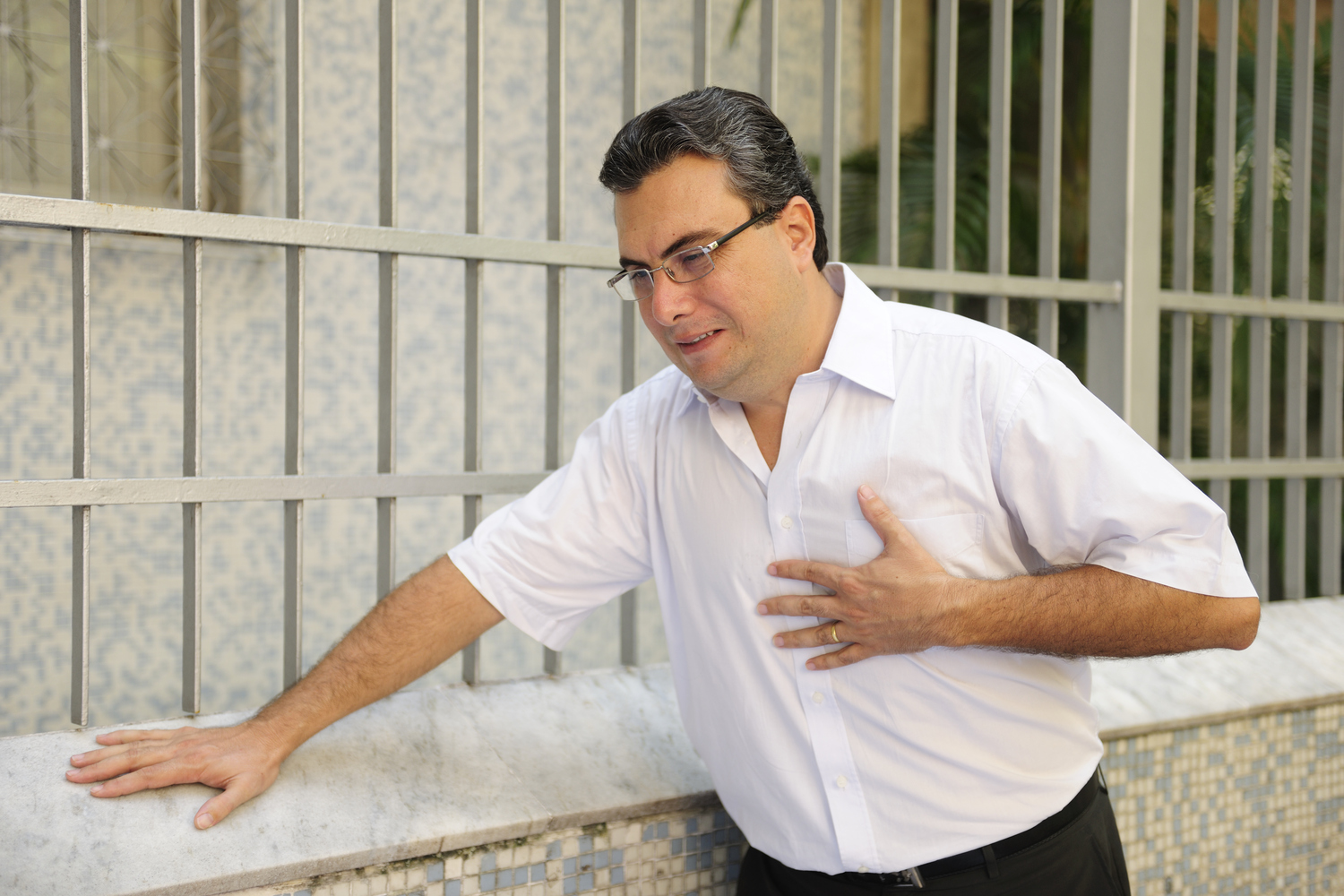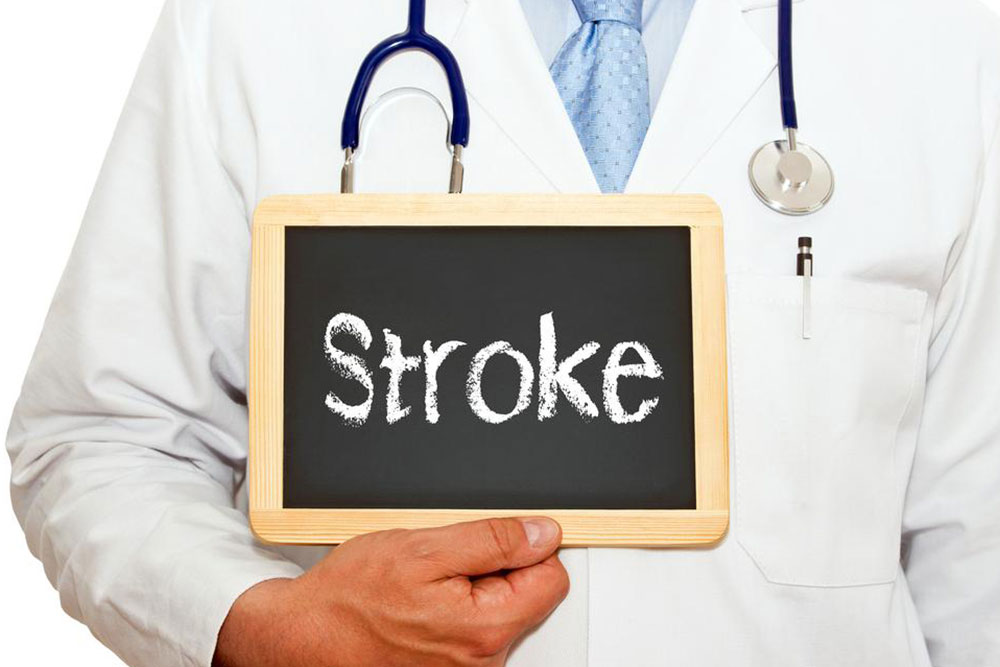Early Warning Signs and Indicators of Stroke
This article highlights critical early signs of strokes and emphasizes the importance of recognizing symptoms quickly. It details causes, types, risk factors, and the FAST method for rapid diagnosis. Understanding these indicators can lead to prompt medical intervention, reducing brain damage and saving lives. Lifestyle changes like healthy eating, exercise, and managing health conditions can lower stroke risk. This comprehensive guide aims to increase awareness, support early detection, and promote timely treatment for better outcomes.
The brain relies on a steady supply of oxygen-rich blood, which provides approximately 20% of our body's oxygen needs. When blood flow is halted for just a few minutes, brain cells cease to function; if this continues beyond 10 minutes, cell death occurs, resulting in a stroke. Early identification of stroke symptoms is vital to lessen brain damage and enable swift medical intervention.
Causes Behind Stroke Occurrences
The brain controls essential functions like movement, vision, breathing, and memory through a complex network of arteries. Blockages or ruptures in these blood vessels can disrupt blood flow, causing a stroke.

Identifying Stroke Symptoms
Most strokes (around 85%) are caused by blood clots or plaque blocking arteries in the brain, known as ischemic strokes. Symptoms often appear suddenly and include severe headache, weakness or numbness on one side, facial drooping, speech problems, blurred vision, or difficulty walking. Prompt medical attention can significantly reduce brain damage.
Mini-strokes or Transient Ischemic Attacks (TIA)
TIAs last only moments and are caused by temporary artery blockages that resolve quickly, with no lasting damage. However, experiencing TIA symptoms increases the chance of future strokes by up to 33%. Symptoms are similar to major strokes and include facial weakness, speech issues, vision disturbances, vertigo, and balance problems.
Additional Types of Stroke and Their Signs
Besides ischemic strokes and TIAs, there are three other types:
Hemorrhagic stroke: Results from bleeding in the brain, causing symptoms like intense headache, dizziness, confusion, nausea, and light sensitivity.
Brainstem stroke: Disruption of blood flow at the brain's base can impair movement, coordination, vision, speech, and breathing, often affecting both sides of the body.
Cryptogenic stroke: When the cause remains unidentified despite tests, these strokes have similar symptoms but lack a clear origin.
The FAST Technique for Quick Stroke Recognition
This method, developed by healthcare professionals, helps quickly identify stroke signs:
Face drooping: Check if one side of the face sags when smiling.
Arm weakness: Ask the person to lift both arms; observe if one drifts downward.
Speech difficulties: Have them repeat a simple sentence; watch for slurred or incoherent speech.
Time to seek emergency help: If any signs are noticed, call emergency services immediately.
Recognizing early warning signs allows for timely treatment that can preserve brain tissue and save lives. Adopting a healthy lifestyle, controlling blood pressure, cholesterol, and diabetes, along with regular physical activity, can lower the risk of stroke.Disclaimer:
This article provides educational information based on current research and is not a substitute for professional medical advice. For personalized health concerns, consult a healthcare provider. The website is not responsible for the accuracy of linked information or unlisted offers.


